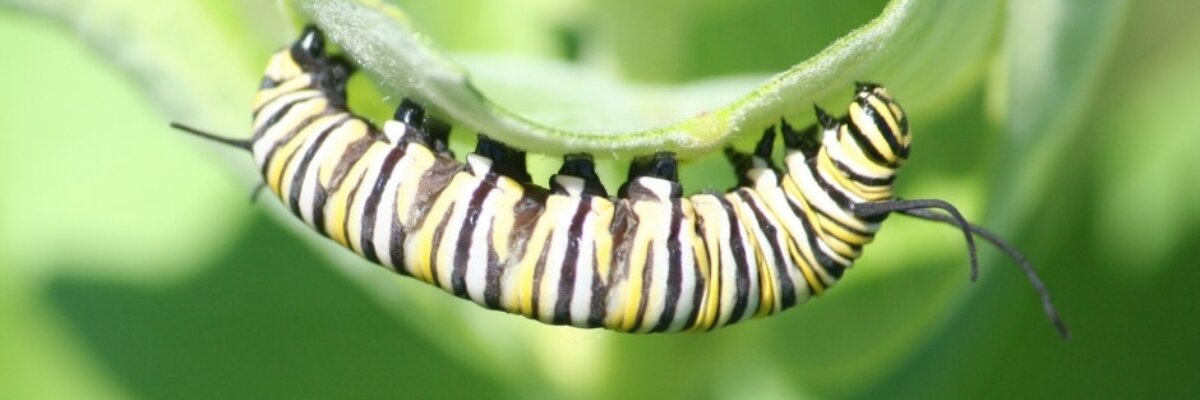
What should I do if I can't find an appropriate source of local native milkweeds or nectar resources that are recommended for monarchs?
This reason for this problem comes back to the principles of supply and demand. The commercial availability of native milkweeds and nectar sources is driven by the demand for those resources and a response in the supply chain will not always be immediate. Producing native plant materials is a long-term process and can sometimes be a risky investment for plant producers if they aren't sure about the long-term demand for those plants/seeds. It is important that we continue to drive increasing demand for these native, locally sourced plant materials to increase their availability over time and hopefully to drive down the cost as well. Since supply is often limited for native milkweeds and nectar sources, get your orders/requests in early. If vendors sell out during the spring, they may begin taking pre-orders for the following fall or spring.
If you haven't already done so, make sure that your site is ready for planting. There are different methods for site preparation, such as solarization, you can use to ensure the area is as weed free as possible to increase the success of the native plants you are trying to establish. Even if native milkweeds are not available when you are ready to plant, establish a high-diversity mix with other native forbs and grasses. These habitats will still be beneficial to monarchs and other pollinators, and you can plan ahead to augment the habitat in years following with milkweed plants/plugs. Another option would be to use annuals or some sort of cover crop on the habitat area during that season. This could prevent weedy species or invasives from taking over a site that you have prepared for planting and will allow time for you to find an appropriate source of seeds or plants for the habitat. Depending on what is planted, it may also provide some floral resources for pollinators.
